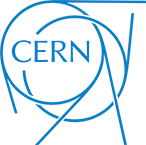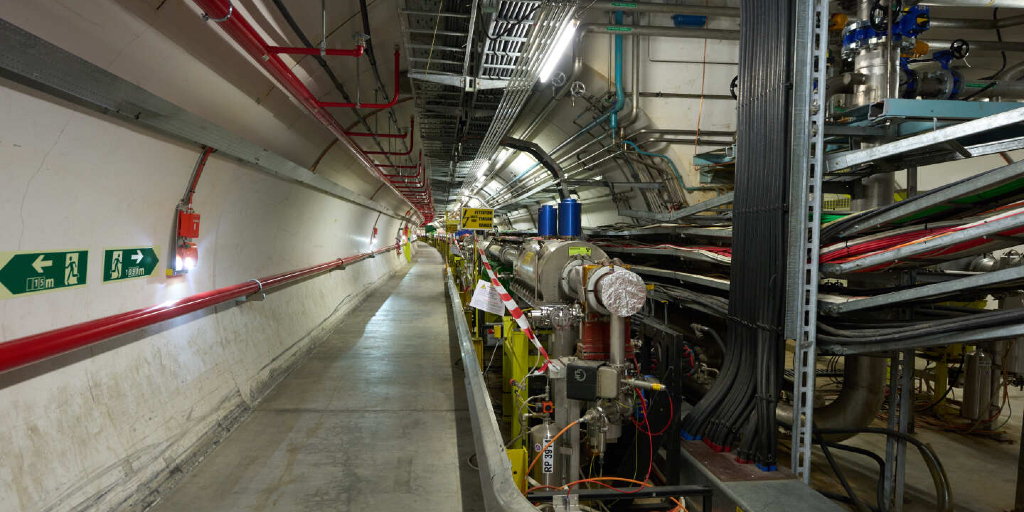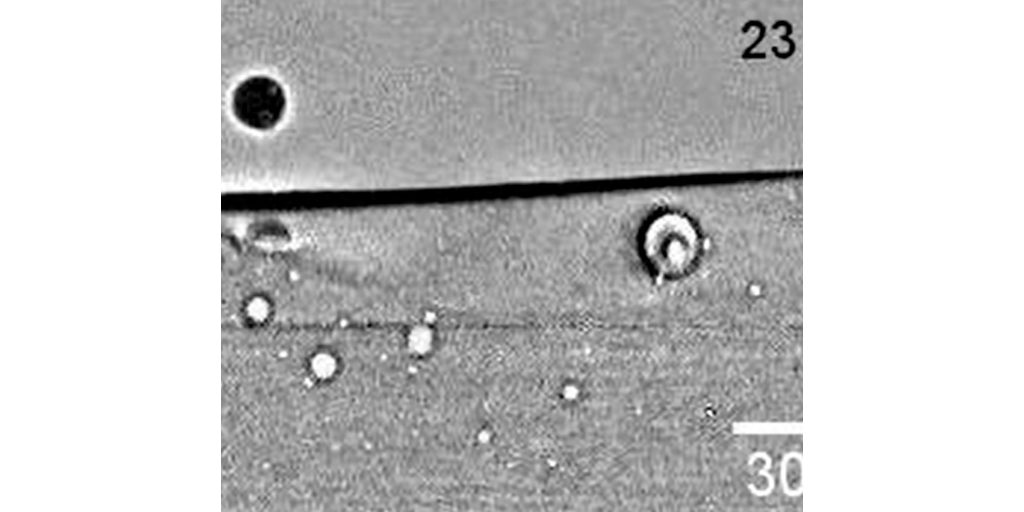As particle accelerator technology moves into the high-luminosity era, the need for extreme precision and unprecedented collision energy keeps growing. Given also the Laboratory’s desire to reduce energy consumption and costs, the design and operation of CERN’s accelerators must constantly be refined in order to be as efficient as possible. To address this, the Efficient Particle Accelerators project (EPA) has been established – a team of people from different accelerator, equipment and control groups across CERN who are working together to improve accelerator efficiency.
A think-tank was set up following a 2022 workshop to plan upgrades for the High Luminosity LHC (HL-LHC), and it came up with seven recommendations on efficiency for the EPA to work on. “The idea was to look at efficiency in the broadest terms,” says Alex Huschauer, engineer-in-charge of the CERN PS and member of the EPA. “We wanted a framework that could be applied to each machine in the accelerator complex.” To do this, the team created nine work packages on efficiency to be deployed over the years leading up to the beginning of the HL-LHC run. “It emerged from our discussions in the efficiency think-tank that automation is the way forward,” says the EPA project leader, Verena Kain. “This means using automation both in the conventional way and using AI and machine learning.”
For example, AI can help physicists combat accelerator magnet hysteresis. This happens when the field of the iron-dominated accelerator magnets cannot be described by a simple mapping of current in the electromagnet to the field. If this is not taken into account, it can lead to inconsistent programmed fields and detrimental effects on beam quality, such as reducing the stability and precision of the beam’s trajectory. Today, these field errors are manually tuned to correct the field, a process that takes both time and energy. “Hysteresis happens because the actual magnetic field is not defined just by the current in the power supply, but also by the magnet’s history,” says Kain.* “What’s difficult is that we can’t model it analytically – we can’t work out exactly what current is needed to create the correct field for the beam in the accelerator magnet – at least not with the precision required. But AI can learn from the magnet’s historical data and elaborate a precise model.” The team have done initial tests using magnets in the SPS and hope to train the AI on all CERN’s accelerating magnets over the coming years.

About CERN
Founded in 1954, CERN is the European laboratory for particle physics. Sitting astride the Franco-Swiss border near Geneva, it was one of Europe’s first joint ventures and now has 22 member states. CERN operates a unique range of particle accelerators that enable research into the fundamental particles and laws of the Universe, including the Large Hadron Collider (LHC), the largest scientific instrument on Earth. The 60-year history of CERN is marked with impressive achievements in the construction and operation of powerful linear and circular accelerators. Moreover, CERN offers unique infrastructures for the development of the most sensitive particle detectors in the world, including the four main LHC detectors – ATLAS, CMS, ALICE and LHCb. General-purpose test beam lines provide beams of electrons, muons and hadrons in a very wide energy range for testing the detectors used in the LHC and in its major upgrade, the High-Luminosity LHC, as well as in future colliders and in neutrino experiments.
As particle accelerator technology moves into the high-luminosity era, the need for extreme precision and unprecedented collision energy keeps growing. Given also the Laboratory’s desire to reduce energy consumption and costs, the design and operation of CERN’s accelerators must constantly be refined in order to be as efficient as possible. To address this, the Efficient […]


